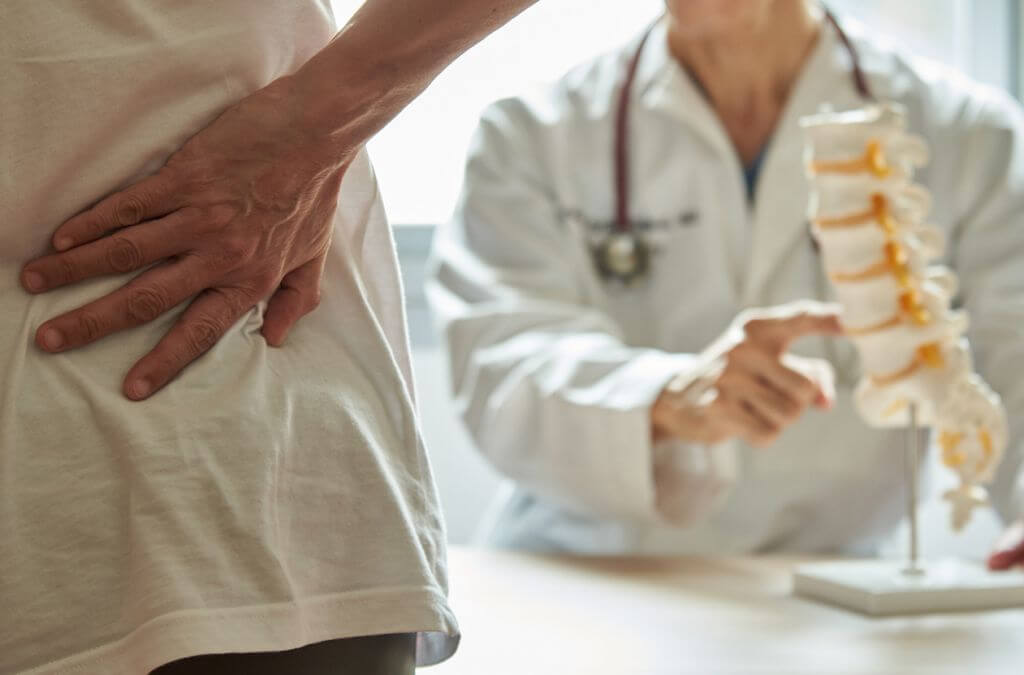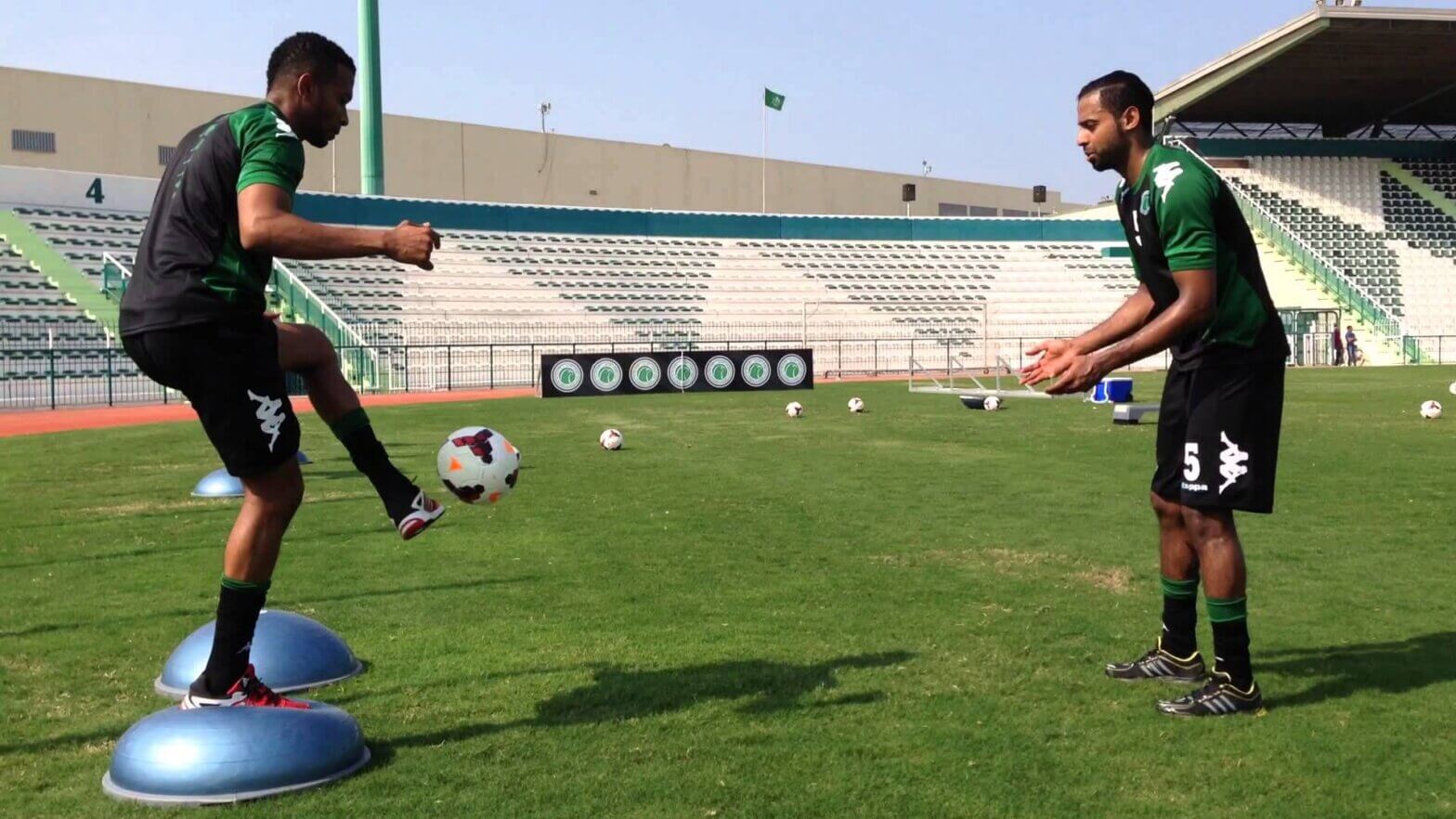Many people are familiar with the idea that issues pertaining to discs can result in severe back pain, but there is often some uncertainty about what this means and what is happening. Back pain can occur for many reasons, but disc herniation often has specific characteristics that make it easier to identify this condition.
What is Disc Herniation?
The intervertebral discs that are in between each vertebra help to absorb shock and cushion the spine. These discs are made of two basic components: a tough outer layer called the annulus fibrosus and a softer inner structure called the nucleus pulposus. When the spine is put in a position that stresses the discs – often flexion and rotation – this forces the softer inner layer of the disc to forcefully protrude into the outer layer. This alters the physical structure of the disc that commonly results in compression of the nerve roots exiting the spine just adjacent to it.
Symptoms of Disc Herniation
Due to the nerve compression described above, people commonly experience nerve symptoms in the leg. This commonly feels like numbness or tingling sensation or like portions of the limb are “asleep.” Because nerves stimulate muscle activation, lumbar disc herniation also typically results in weakness of muscle groups in the lower extremity. In addition to these neurological symptoms, many will also experience moderate to severe back pain and tightness of the muscles surrounding the lower back.
Other Signs of Disc Herniation
Physical therapists will often perform special tests to better identify the root cause of pain or dysfunction. Aside from analyzing the symptoms presentation, physical therapists will often perform a straight leg raise test. This is done by elevating the leg of the affected side to assess how this affects a patient’s familiar symptoms. If this test recreates the symptoms, typically below 40 degrees of elevation, it suggests that there is nerve root compression from disc herniation.
Treatment
A physical therapist will identify limitations in joint mobility, muscle flexibility, muscle strength, and assess which movements are helpful in relieving pain and symptoms associated with this condition. With this information, they can develop a progressive treatment plan that can help restore normal function of the lumbar spine and alleviate pain. Over time, this will help to promote return to physical activities and a patient’s prior level of function.
If you suspect you have this condition or are suffering from other aches and pains, consider a consultation with a physical therapist to get some pain relief. Call Respire Physical Therapy at 703-671-1871 or click here to request an initial evaluation with a physical therapist today!
Tags: pt education, herniated disc, regain your movement freedom, movement is medicine, choosept, arlingtonva, alexandriava, fallschurchva, ptworks, Physical Therapy, Respire Physical Therapy, pain free living, physical therapist, health blog



